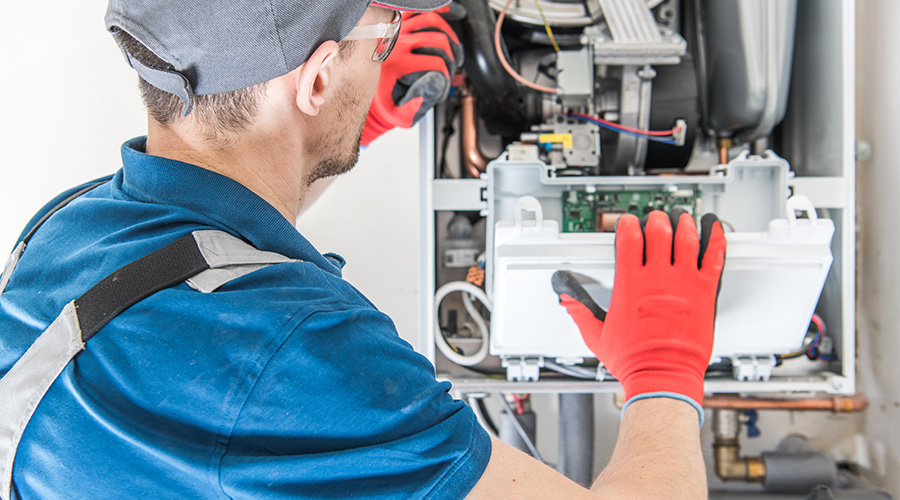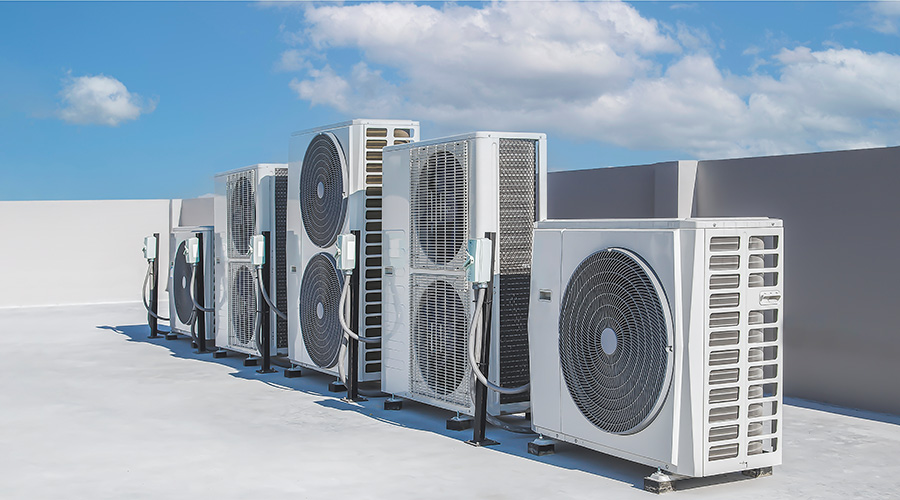Motors and Drives: Opportunities to Save Energy, Money
Recent developments in the design of motors and drives and other related components have opened the door to new savings opportunities:
Right-sizing. Studies show that 55 percent of applications use oversized motors, even though drives and other components, such as gearboxes and driven fans, pumps, and compressors, must be the right size for the load. A motor operating at 80-100 percent of full-load current at design voltage will operate most efficiently.
High-efficiency and premium motors. The Energy Policy Act (EPAct) of 1992 set higher efficiency standards for motors sold in the United States after 1997. Manufacturers continued to develop motors with greater efficiencies, and in 2001, the National Electrical Manufacturers Association (NEMA) recognized this effort by establishing a better-than-EPAct rating, NEMA Premium. These motors have more iron and copper, closer tolerances, and smaller air gaps. Since a motor's operating cost far exceeds its first cost, replacing a pre-EPAct motor with these higher-efficiency models can yield a payback period of three years or less.
Timing belts. New synchronous, non-slip belts require less tension, which translates into longer bearing life. They are more impermeable to water and more stable, which eliminates re-tensioning. Improved tooth designs allow deeper tooth seating, and taper lock-shaft adapters offer more shaft sizes for the same size sprockets. Their shorter axial dimension results in less overhang because the belt centerline is closer to the bearing, reducing misalignment.
Permanent magnet motors with variable-speed drives (VSDs). Permanent magnet motors with VSDs offer more energy-efficient options for cooling-tower fans than induction motors coupled to the fan through a right-angle drive. Also, direct connection of the motor to the fan eliminates four or six bearings, depending on whether the drive is a single- or double-reduction unit. This reduces the need for bearing lubrication and gearbox oil changes, gear and bearing changes, and realignment, which lowers maintenance costs.
Energy-saving rebates. Federal and state agencies and public utilities offer rebates for lowering energy use and carbon-dioxide emissions through greater energy efficiency. The American Recovery and Reinvestment Act provides specific allocations for education, health care, municipalities and industry. Coverage includes VSDs, NEMA Premium motors, and other new equipment installed by April 2012.
Software. Industrial Assessment Centers, established through universities by the U.S. Department of Energy, have produced software for motor-system management, such as MotorMaster. The software addresses training, structuring motor-system audits, ongoing system management, and making decisions on repair or replacement.
Thomas A. Westerkamp is a maintenance and engineering management consultant and president of the work management division of Westerkamp Group LLC.
Related Topics:













